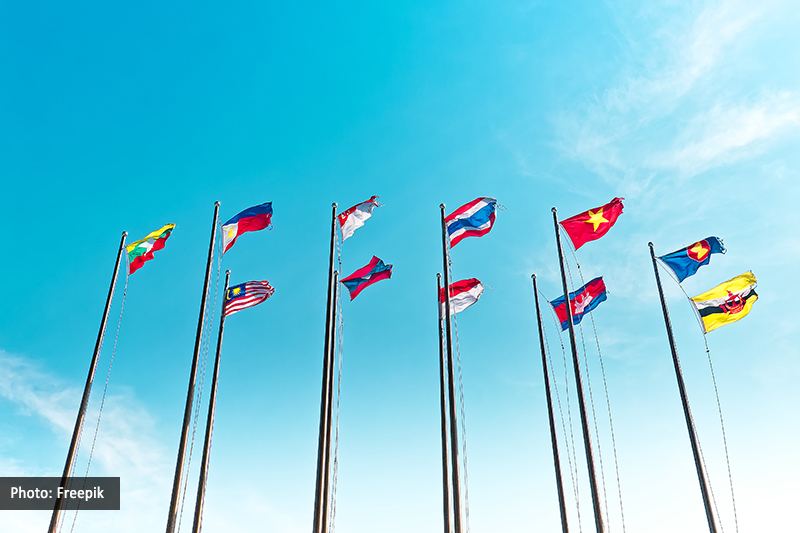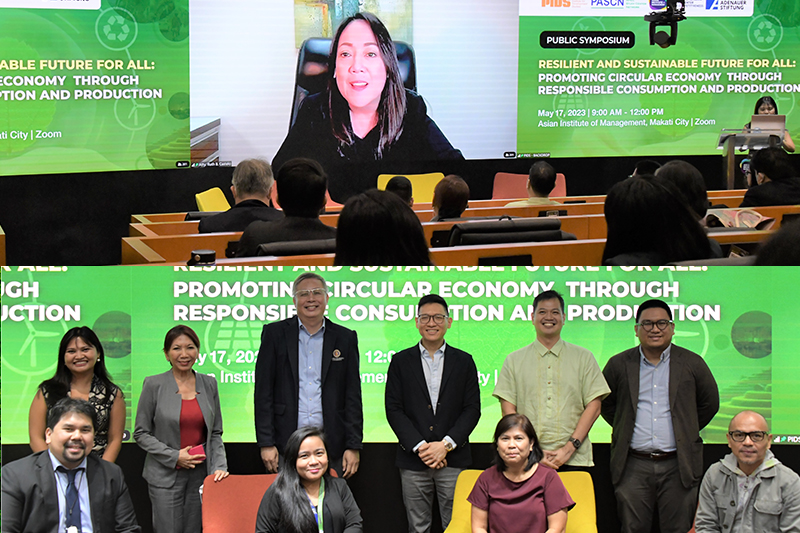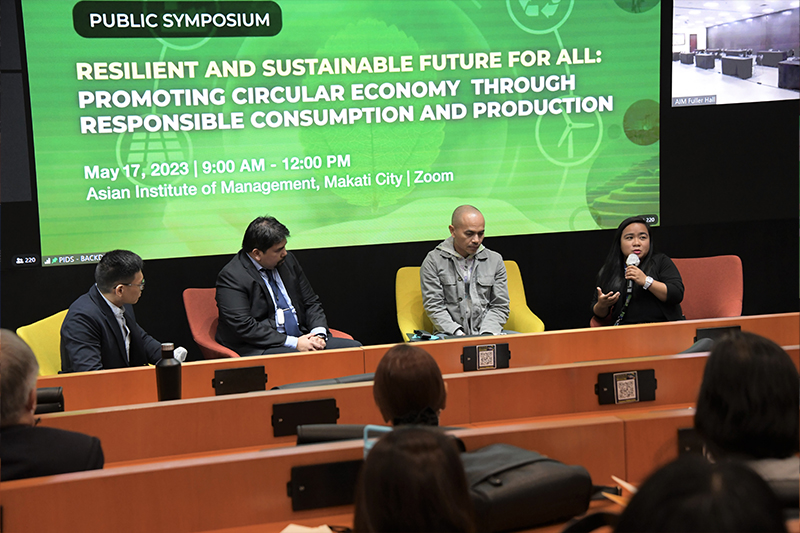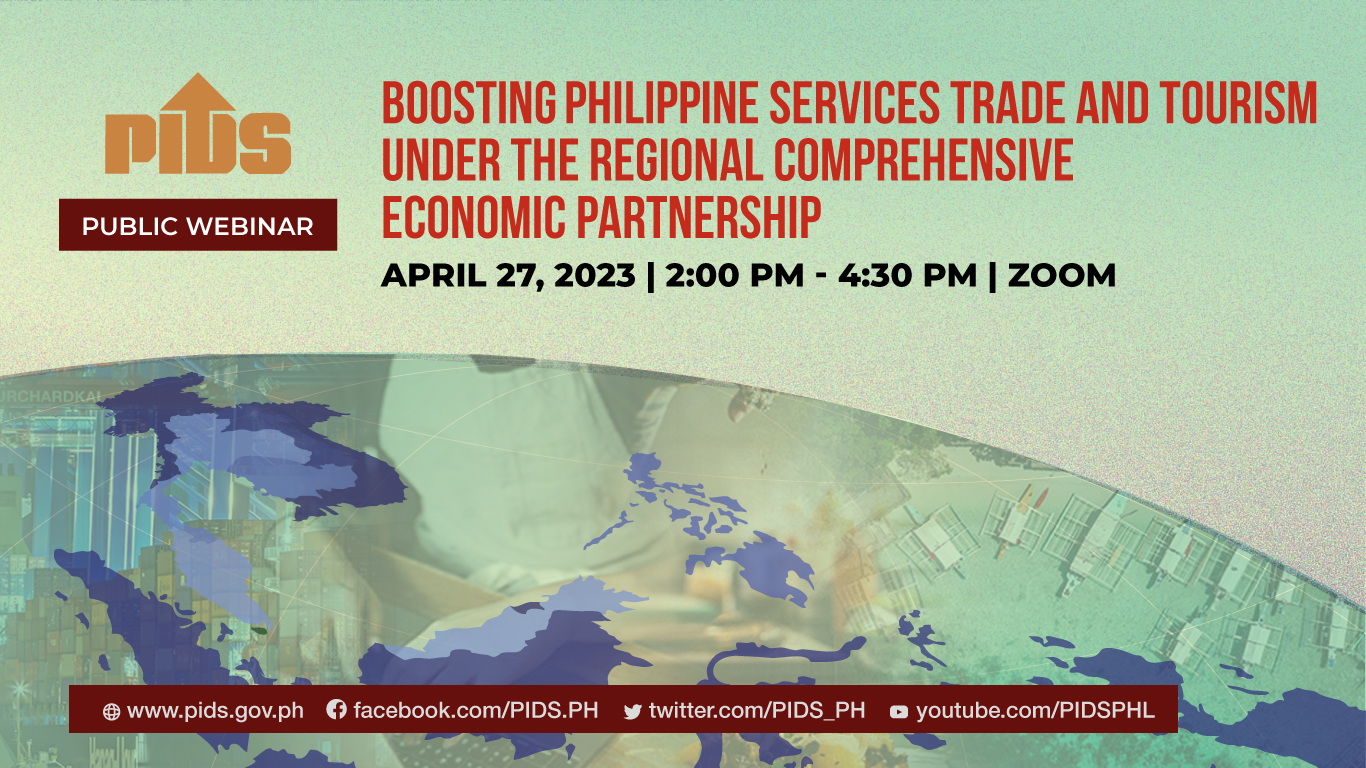PHILIPPINE FREE TRADE agreements (FTA) have increased imports from ASEAN, but those from partners like Japan have underperformed, according to a study conducted by the Philippine Institute for Development Studies (PIDS).
The study, FTA Utilization of Philippine Imports, published this month, found that the import ratio increases the larger the gap between the tariff rate under the free trade deals and the duties paid by all members of the World Trade Organization.
The import ratio refers to the actual use of imports under an FTA compared to the total products eligible under the agreement.
“Preferential or reduced tariff rates encourage importation under an FTA,” according to the report, noting that the result is significant because most Philippine industries rely on raw material imports.
PIDS also found that the utilization rates for some FTA partners remain “unexpectedly low,” including imports from Japan and Singapore.
Referring to other studies, the report concluded that the low rate was likely caused by lack of information about the FTAs, procedural delays, compliance costs, and the availability of other incentives schemes.
The report recommended that governments ensure that importers have information available to them, given the low utilization rates under the Philippines-Japan Economic Partnership Agreement.
“Particular attention should be given to micro-, small-, and medium-sized importers and those located in rural areas,” it said.
“Understanding that the resources of the government may be limited preventing a wider reach, it is recommended that government agencies partner with business groups and organize information sessions and workshops to specifically increase the capacity of importers to utilize FTAs.”
It also concluded that the ASEAN Free Trade Area and ASEAN-Australia-New Zealand Free Trade Area should be used as a benchmark for further trade negotiations as both deals have higher utilization rates for Philippine imports.
The report’s authors Francis Mark A. Quimba, Maureen Ane D. Rosellon, and Sylwyn C. Calizo, Jr. view FTAs as a means for Philippine industry to link to other countries, develop regional integration, and create a “testing ground” for trade liberalization.
“For the Philippines, FTAs are viewed as a means of creating a testing ground through which liberalization can be gradually undertaken and the vulnerable sectors are given the opportunity to undertake actions to mitigate the adverse impacts.”
Commenting on FTA utilization, former trade negotiator for agriculture Segfredo R. Serrano in January said that the Agriculture department must strengthen its trade negotiating position with data-based decision making and industry consultations for insight on which sectors would be best for export.
He added that the government must prepare industry prior to trade negotiations and exposing the sector to competition.
Free trade agreements seen raising import utilization within ASEAN; Japan lagging












